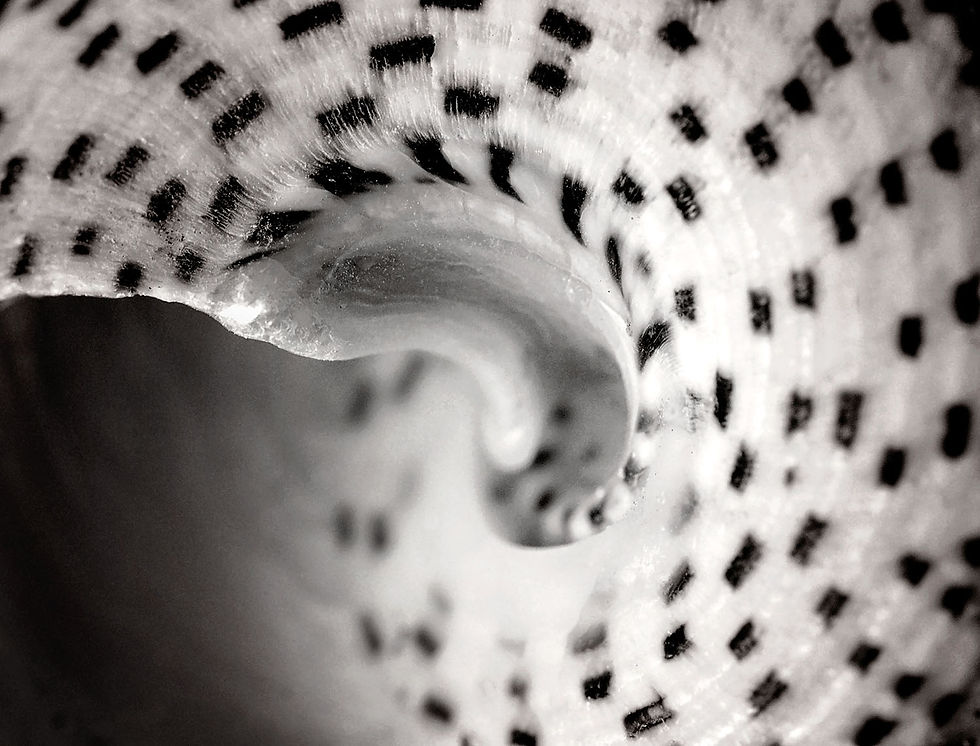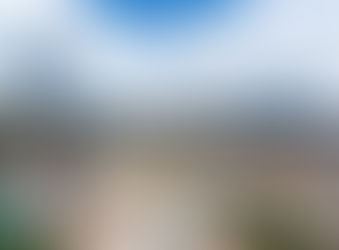Astrophotography 101: The Basics
- Jessie Tofaute
- Nov 14, 2017
- 5 min read
I am just starting to learn how to do astrophotography in my Scientific Photography class. Overall it is a very detailed-oriented and difficult task for me, especially when I'm trying to focus on all the technical aspects in the freezing cold Flagstaff night...
But the results are well worth it! I never thought I'd be able to conquer astrophotography, and I know I have a lot of improving to do, but I'm excited to be working on this new skill!
I want to share the little, emphasis on little, I know about star pictures with you, and quite honestly just write it down for myself so I have something to reference later down the road. So here is my astrophotography how to!
Single-Shot Astrophotography:
What you will need:
A DSLR Camera (for the adjustable settings like ISO, shutter speed, aperture, etc.)
A wide-angle lens (with an infinity focal length option)
A sturdy tripod
A dark sky on a clear night (preferably away from any cities - I shot these star pictures at Lake Mary outside of the main drive of Flagstaff, Arizona)
A shutter release, intervalometer, or use of your camera's built-in self delay timer
Setup/Camera Settings:
RAW image quality
High ISO (1600 or greater)
Aperture at about f/4
Shutter speed between 15 and 25 seconds depending on camera and lens
Be sure your lens is on manual focus, not automatic
Taking the image:
Set up tripod with camera mounted firmly on top (aim to set up on even ground away from any ground shake, i.e. away from the road).
Manually set camera to the settings listed above.
Adjust lens to a focal length of infinity (does not necessarily mean the stars will be in focus).
Set up shutter release, intervalometer, or camera to be on a delayed timer to prevent shake.
Take a picture.
Adjust settings (ISO, aperture, and shutter speed) as necessary.
Are your stars in focus? Zoom in on a couple of them to check for blurriness. If blurry, make a slight adjustment on the focus ring.
Take another picture.
Repeat steps 6 and 7.
Do this until your image is properly exposed and in focus.
Note: Be sure to pay attention to white balance. This will need different adjustments depending on each camera make and model. For my Nikon D3100, I shoot on the "Incandescent" mode, but still have to make quite a few color adjustments in post processing.
Post Processing:
For these images, I was just experimenting and practicing with different post processing techniques. I focused on noise reduction, brightness and contrast, as well as color (hue and saturation, vibrance, color balance). I used both Lightroom and Photoshop, but either one would be sufficient by itself. But keep in mind that Photoshop does allow for more detailed edits.
Most of this step is based on your personal preferences and what you would adjust to create an image you're proud of!
Star Trails (multiple shots compiled into one image):
For star trails, most of the equipment and setup is the same. The only two things that are really different are the amount of the pictures you need to take as well as steps within post processing.
For star trails you will also need:
An intervalometer (some DSLR models now come with a built-in intervalometer)
Setup/Camera Settings:
Follow the set up suggestions made in the "Single-Shot Astrophotography" section.
Set intervalometer according to shutter speed adding about 5 seconds in between each shot. (To give you an idea, I was shooting at intervals of 25 seconds on my intervalometer when my camera was set to take pictures for 20 seconds.) Any longer than this will create large gaps throughout your trails in your final image.
Set intervalometer to "infinity" for the number of images it will take. You can manually turn off your intervalometer whenever you choose.
Calculate how long it will take for your camera to take at least 250 images, this is how many you should take in order to create an extra successful startrail image. (Example calculation: At a 25 second interval, it will take approximately 1 hour and 45 minutes to take all 250 images. 250 images times 25 seconds, divided by 60 seconds gives me how many minutes it will take for the camera to capture 250 pictures.)
Taking the image:
Follow the trial and error process from the "Single-Shot Astrophotography" section.
Turn on, plug in, and setup intervalometer (or program settings in-camera if yours has a built-in intervalometer).
Watch the first few shots to be sure everything is running properly.
Hangout, keep an eye on your camera, and stay warm while your camera (and intervalometer) do all of the work.
At the end of your calculated time, turn off your intervalometer.
Postprocessing:
For star trails, I suggest first lightly edited all of the pictures in Lightroom while they are still in their RAW format (making sure to sync your edits across every individual image), and then export them as large JPEG files. After exporting is complete, simply drag images into the StarStaX app. From here, all you need to do is click "Start Processing" ("Edit" > "Start Processing," or Command "P" for Macs), and watch the magic happen!
Now you can play around with how many images you stack or which specific ones you process to create your desired results. In the 3 images above, I used the same 250 images to create a few different shots. In the first, I selected a smaller selection of images with no plane trails. For the second, I processed all 250 images into one single image. And in the 3rd image, I focused on choosing the image with a lot of planes to show the different flight patterns.
As you can see, the photograph with all 250 stacked images is slightly brighter. Without further editing after stacking, it would be even brighter than the one you see here. Which is why I suggest both editing before and after your images are processed within the StarStaX app.
Random Tips:
Pay close attention and find an ideal composition before setting up tripod, camera, etc.
If you want a circular star trail, make sure your camera is pointed at Polaris, the North Star.
There are websites like DarkSiteFinder.com that help you fine the most ideal star-viewing areas near you (the darker the sky, the better).
There are also apps like Sky Guide (for the iPhone) that help you find constellations, planets, and other fun objects in the night sky.
For moonlit landscapes, shoot when the moon is approximately 25% full, and shoot facing away from the moon to allow the moonlight to naturally illuminate your scene.
Tell a story with each image (my Scientific Photography professor stresses this point pretty much every class, he even makes us redo projects to better grasp this concept). Ask yourself: What is your subject? Why?
Aim to take your pictures at the tail-end of blue, or twilight, hour (the hour after sunset) or later. Pictures before this time frame will have poor visibility and very few stars.
For Nikons, turn OFF the "Noise Reduction" setting. This prevents the camera from taking another duplicate picture in an effort to reduce noise after you take an image. This saves time and allows you to view your image faster. When left on, intervalometer settings will not be able to perform correctly, thus inhibiting you from taking multiple images for star trails. (Other camera makes should have a similar function.)
Always be sure your camera is fully charged and that you have backup batteries.
When editing out noise, first sharpen the image, and then apply noise reduction filters in order to preserve detail.
I hope these guidelines and tips help you create your own astro-masterpieces!
Have any questions for me or tips to help me improve? Shoot me an email by clicking here.
Did you try following these steps? I'd love to see your results and hear all about your astrophotography experience! Send your images and story to me at jessieleephoto@gmail.com.















































Comments